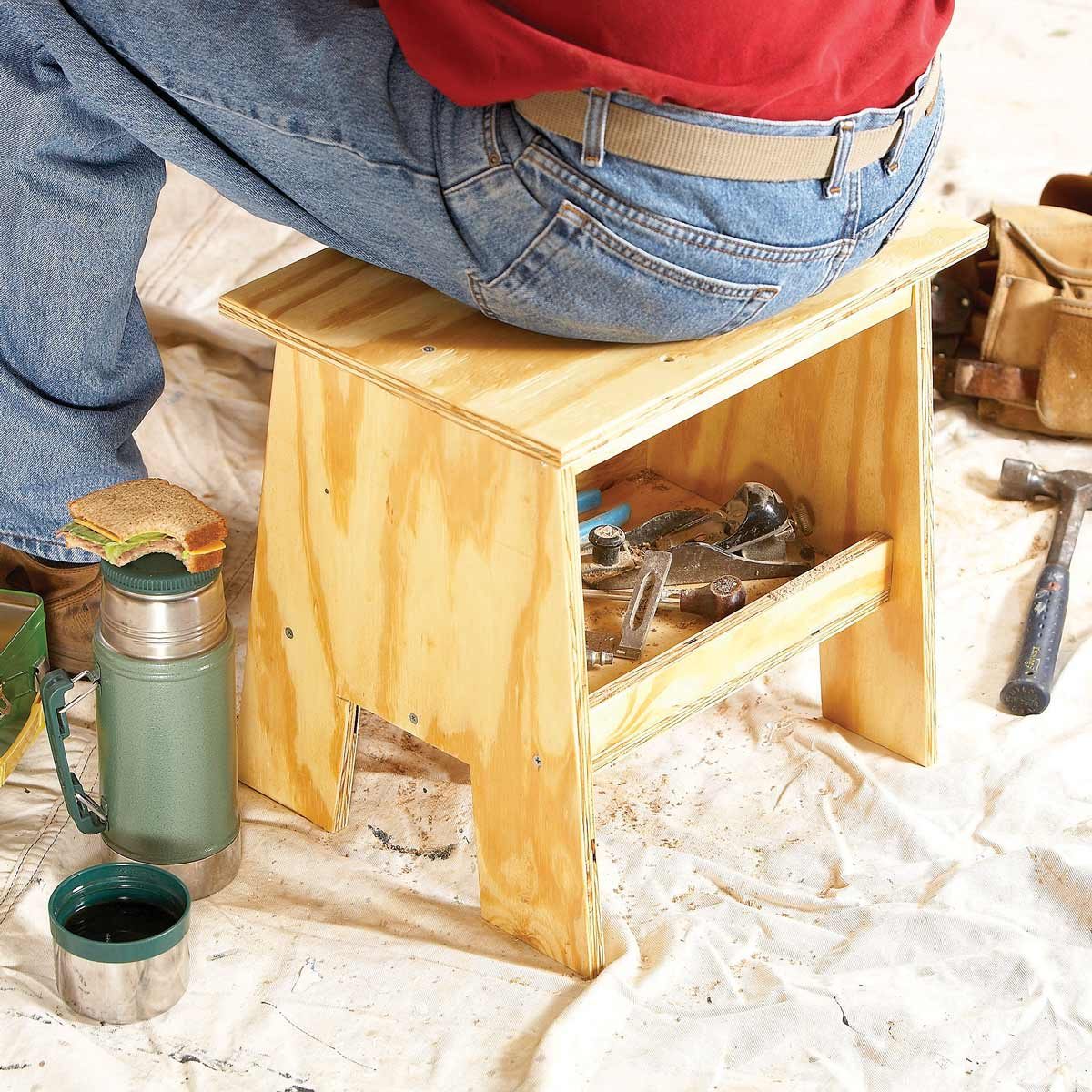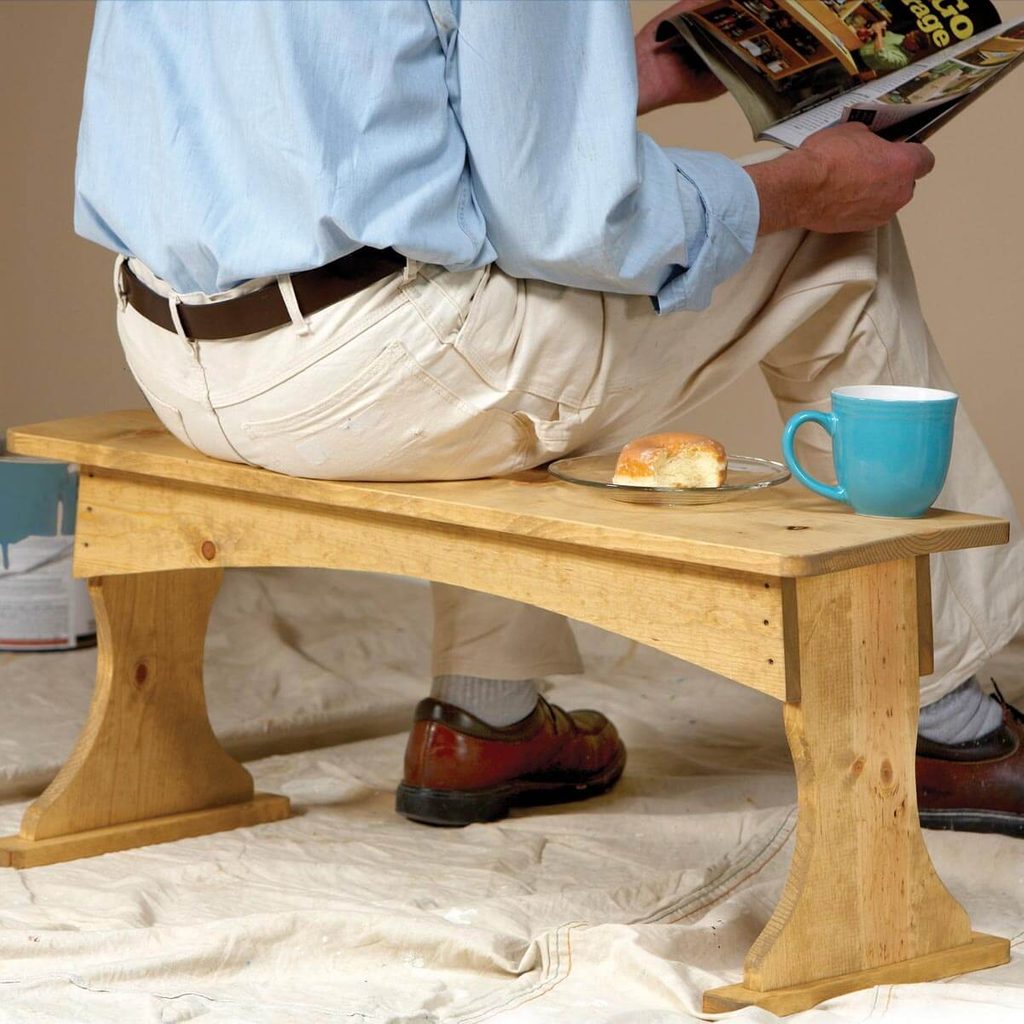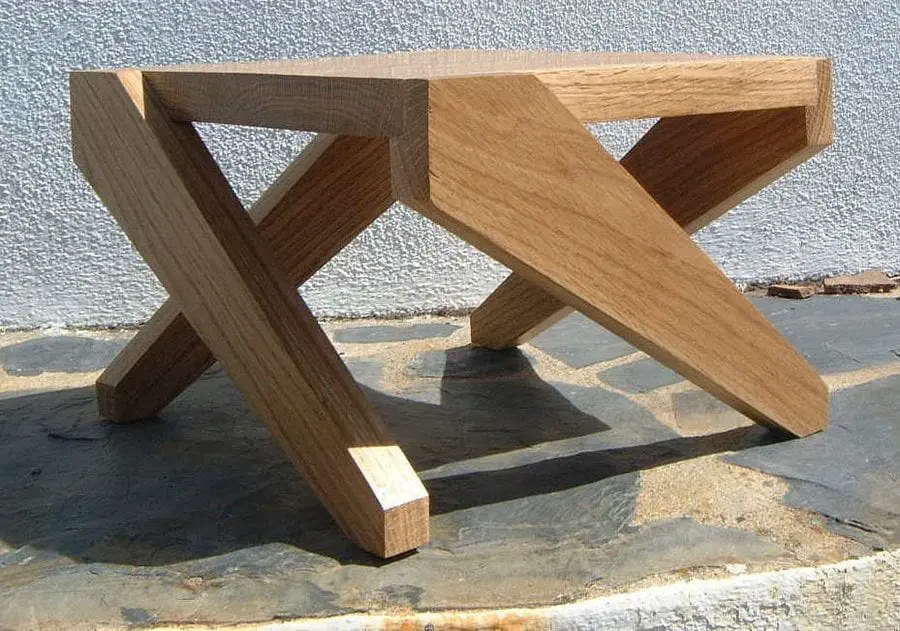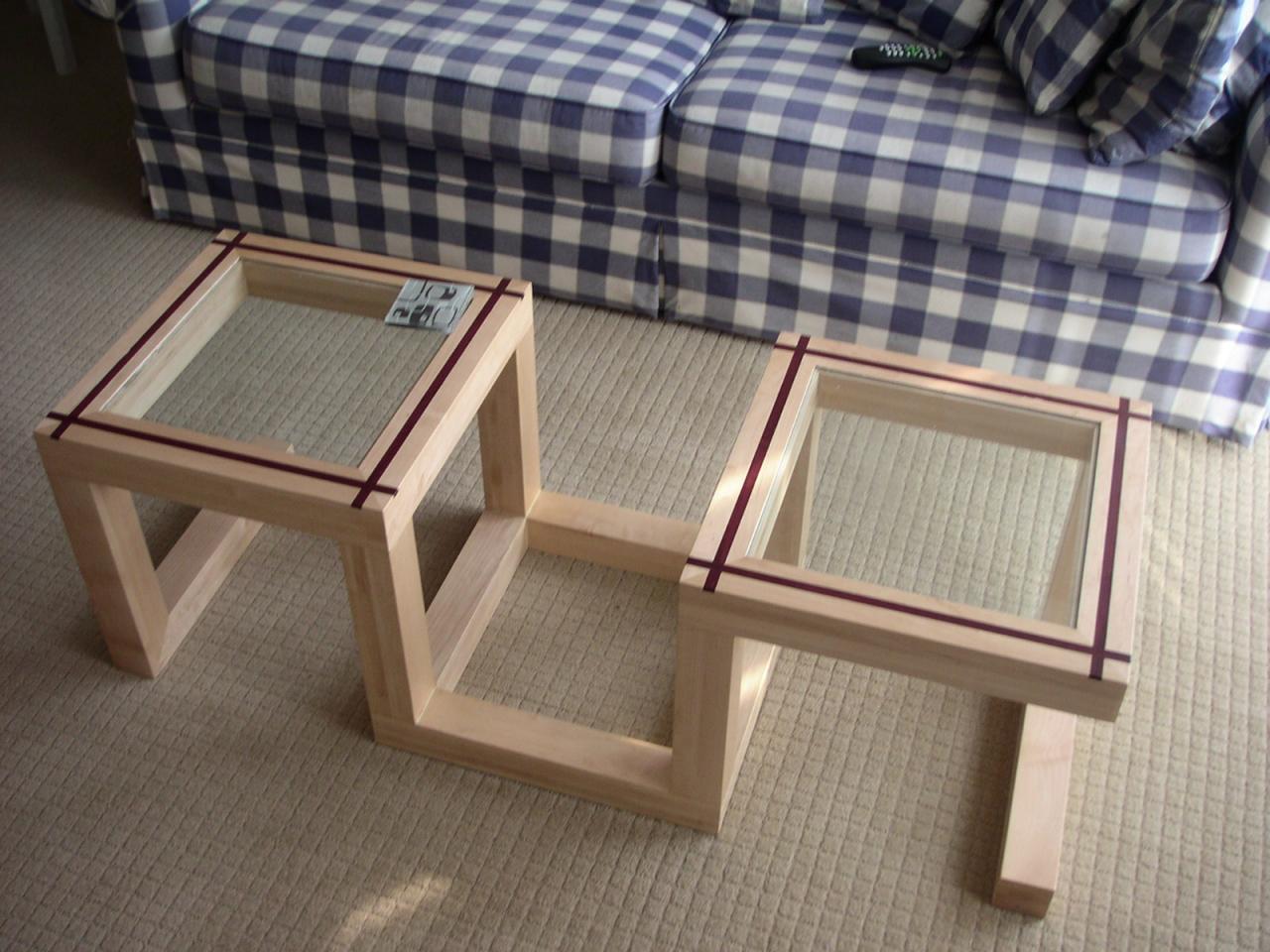Woodshop projects offer a fulfilling and creative outlet for individuals of all skill levels. From simple beginner projects to intricate masterpieces, the possibilities are endless. The satisfaction of crafting something tangible with your own hands is unmatched, and the process itself can be incredibly rewarding. Whether you’re looking to build furniture, create decorative items, or simply learn a new skill, woodworking has something to offer everyone.
This guide provides a comprehensive overview of woodshop projects, covering everything from basic tools and techniques to advanced project planning and finishing. We’ll delve into the different types of wood, explore various project ideas, and discuss essential safety practices. By the end of this journey, you’ll be equipped with the knowledge and confidence to embark on your own woodworking adventures.
Introduction to Woodshop Projects

Woodworking is a captivating hobby that combines creativity, technical skill, and the satisfaction of bringing your ideas to life. The process of transforming raw materials into beautiful and functional objects is both rewarding and enjoyable.
Woodworking offers a wide range of possibilities, from simple projects for beginners to intricate masterpieces for experienced craftspeople. The diversity of projects allows you to explore different techniques, styles, and materials, making it a continuously engaging and challenging pursuit.
Benefits of Woodshop Projects
Engaging in woodshop projects offers numerous benefits, both practical and personal.
- Improved Skills: Woodworking hones your hand-eye coordination, problem-solving abilities, and attention to detail. As you progress, you’ll develop a deeper understanding of tools, techniques, and materials.
- Creative Expression: Woodworking provides an outlet for your creativity, allowing you to design and build unique pieces that reflect your personal style. You can experiment with different shapes, textures, and finishes to create truly one-of-a-kind objects.
- Stress Relief: The process of working with wood can be therapeutic and relaxing. The physical act of shaping and sanding wood, along with the focus required for precision work, can help to relieve stress and clear your mind.
- Sense of Accomplishment: Completing a woodworking project, from planning to finishing, provides a sense of accomplishment and pride. You’ll have the satisfaction of knowing you created something beautiful and functional with your own hands.
- Practical Skills: Woodworking skills are valuable in many aspects of life. You can use your knowledge to repair furniture, build shelves, or create custom pieces for your home. These skills can also be applied to other crafts and hobbies.
Wood Types and Properties
Choosing the right wood for your project is crucial for both aesthetics and functionality. Understanding the characteristics and properties of various wood types will help you make informed decisions about which wood best suits your needs.
Hardwood and Softwood Properties
Hardwood and softwood are broad categories of wood, each possessing distinct properties that make them suitable for different applications.
- Hardwood comes from deciduous trees, which lose their leaves in the fall. They generally have a denser, more intricate grain pattern and are known for their durability, strength, and resistance to wear and tear. Examples include oak, maple, cherry, walnut, and mahogany.
- Softwood comes from coniferous trees, which bear cones and retain their needles year-round. They typically have a simpler grain pattern and are softer, lighter, and more easily worked. Common softwoods include pine, spruce, fir, cedar, and redwood.
Wood Species Properties
Various wood species within each category exhibit unique properties that influence their suitability for specific projects.
- Oak is a strong, durable hardwood with a distinctive grain pattern. It is commonly used for furniture, flooring, and structural applications.
- Maple is another strong hardwood with a smooth, tight grain. It is often used for furniture, flooring, and musical instruments.
- Cherry is a beautiful hardwood with a reddish-brown hue and a fine, even grain. It is popular for furniture, cabinetry, and decorative woodworking.
- Walnut is a highly sought-after hardwood known for its rich, dark color and distinctive grain patterns. It is often used for furniture, veneers, and gunstocks.
- Pine is a softwood known for its affordability and ease of working. It is commonly used for construction, furniture, and crafts.
- Spruce is another softwood with a light color and straight grain. It is used for construction, musical instruments, and papermaking.
- Cedar is a softwood known for its aromatic fragrance and natural insect-repelling properties. It is used for outdoor furniture, cladding, and chests.
- Redwood is a durable softwood with a reddish-brown color and natural resistance to decay. It is used for outdoor structures, decks, and siding.
Wood Properties and Applications
Wood properties such as strength, hardness, durability, grain pattern, and workability influence their suitability for different applications.
- Strength refers to a wood’s ability to withstand stress and weight. Strong woods like oak and maple are suitable for structural applications and furniture that needs to bear weight.
- Hardness is a measure of a wood’s resistance to indentation and scratching. Hardwoods like oak and maple are more resistant to wear and tear, making them suitable for flooring and furniture.
- Durability refers to a wood’s ability to withstand decay, insects, and weathering. Durable woods like cedar and redwood are ideal for outdoor applications.
- Grain pattern refers to the arrangement of wood fibers, which can create unique visual effects. Woods with distinctive grain patterns like walnut and cherry are often used for decorative purposes.
- Workability refers to how easily a wood can be cut, shaped, and finished. Softwoods like pine and spruce are generally easier to work with than hardwoods.
Wood Properties and Project Suitability
By understanding the properties of different wood types, you can select the best wood for your project.
- Furniture: Hardwoods like oak, maple, cherry, and walnut are commonly used for furniture due to their strength, durability, and beauty. Softwoods like pine and spruce can also be used for furniture, but they may be less durable.
- Flooring: Hardwoods like oak, maple, and hickory are preferred for flooring due to their durability and resistance to wear and tear.
- Outdoor structures: Durable woods like cedar and redwood are ideal for outdoor structures due to their natural resistance to decay and insects.
- Musical instruments: Hardwoods like maple, spruce, and rosewood are often used for musical instruments due to their acoustic properties and aesthetic appeal.
- Crafts: Softwoods like pine, spruce, and cedar are easy to work with and are often used for crafts and small projects.
Woodshop Project Planning: Woodshop Projects

A well-planned project is essential for success in woodworking. It ensures that you have the right materials, tools, and techniques to complete the project efficiently and effectively.
Project Planning Steps
Planning a woodworking project involves several steps that guide you from initial inspiration to a finished product. These steps help you visualize the project, gather necessary materials, and avoid potential pitfalls.
- Idea Generation: The first step is to brainstorm project ideas. Consider your skills, available tools, and desired outcome. You can find inspiration from online resources, magazines, or even everyday objects.
- Sketching and Design: Once you have an idea, sketch it out on paper. This helps you visualize the project’s dimensions, shape, and details. You can also use computer-aided design (CAD) software for more precise drawings.
- Material Selection: Choosing the right wood for your project is crucial. Consider the project’s purpose, aesthetic, and desired durability. You can consult wood catalogs or websites for information on different wood species and their properties.
- Measurements and Cutting List: Accurate measurements are essential for a successful project. Create a cutting list that specifies the dimensions and quantity of each piece of wood required. This helps you avoid waste and ensures that you have all the necessary materials.
- Tool Selection and Preparation: Determine the tools needed for each step of the project. This includes hand tools, power tools, and any specialized equipment. Ensure that your tools are in good working condition and properly sharpened.
- Project Timeline and Budget: Estimate the time required to complete each step of the project. This helps you set realistic expectations and avoid rushing. Also, create a budget that includes the cost of materials, tools, and any potential expenses.
Inspiration and Resources
Finding inspiration for woodworking projects can be a rewarding experience. It’s a journey of discovery, where you can find yourself drawn to unique designs, innovative techniques, and the stories behind the craftspeople who create them. This section will explore various resources that can ignite your creativity and provide valuable insights into the world of woodworking.
Online Resources, Woodshop projects
The internet offers a vast and diverse range of resources for woodworking enthusiasts. From dedicated websites and forums to social media platforms, there are countless opportunities to connect with other woodworkers, learn new skills, and discover inspiring projects.
- Websites: Websites like Woodworking for Mere Mortals, Popular Woodworking, and Fine Woodworking provide a wealth of information on woodworking techniques, project plans, and articles written by experienced craftspeople. These websites often feature detailed step-by-step instructions, material lists, and helpful tips for beginners and seasoned woodworkers alike.
- Forums: Online forums like Lumberjocks and Woodworking Talk offer a platform for woodworkers to share their projects, ask questions, and engage in discussions with a community of like-minded individuals. These forums are excellent resources for troubleshooting problems, seeking advice, and getting feedback on your work.
- Social Media: Platforms like Instagram, Pinterest, and YouTube are filled with inspiring woodworking projects, tutorials, and behind-the-scenes glimpses into the workshops of renowned craftspeople. Following woodworking accounts and hashtags can provide a constant stream of inspiration and keep you updated on the latest trends and techniques.
Books
Woodworking books offer a more in-depth and comprehensive approach to learning the craft. They often provide detailed instructions, illustrations, and historical context for various woodworking techniques and styles.
- Classic Texts: Books like “The Complete Illustrated Guide to Woodworking” by Editors of Woodworking Magazine and “The Woodworker’s Bible” by Editors of Popular Woodworking provide a foundational understanding of woodworking principles, tools, and techniques. These books cover a wide range of topics, from basic joinery to advanced furniture making.
- Specialized Guides: For specific areas of woodworking, such as furniture making, turning, or carving, there are numerous specialized books available. These books offer detailed instructions, project plans, and insights into the nuances of particular woodworking disciplines.
- Inspirational Collections: Books featuring stunning photographs of woodworking projects can be a source of inspiration for your own creations. They showcase the artistry and craftsmanship of renowned woodworkers, offering a glimpse into the world of fine woodworking.
Woodworking Communities
Connecting with other woodworkers in person can provide valuable learning opportunities and foster a sense of camaraderie. Local woodworking clubs, workshops, and events offer a chance to interact with experienced craftspeople, share your projects, and learn from their expertise.
- Local Woodworking Clubs: Woodworking clubs often hold regular meetings, workshops, and demonstrations, providing members with opportunities to learn new skills, share projects, and socialize with fellow woodworkers. They can also be a valuable resource for finding tools, materials, and project inspiration.
- Workshops and Classes: Workshops and classes taught by experienced woodworkers offer hands-on learning experiences and the opportunity to receive personalized feedback. These classes can cover a wide range of topics, from basic woodworking skills to advanced furniture making.
- Woodworking Events: Woodworking events, such as trade shows, festivals, and competitions, provide a platform for showcasing woodworking talent, connecting with industry professionals, and discovering new tools and materials. These events can be a great source of inspiration and a chance to learn from the best.
Inspiring Woodworking Projects
The work of renowned craftspeople can provide a wealth of inspiration for your own woodworking projects. These individuals have mastered their craft, pushing the boundaries of design and technique, and creating stunning works of art.
- Sam Maloof: Sam Maloof was a renowned American woodworker known for his signature style of furniture, characterized by its organic forms, flowing lines, and meticulous craftsmanship. His work often featured curves and sculpted details, showcasing the beauty of wood and the skill of the artisan. He believed that furniture should be both functional and aesthetically pleasing, and his designs reflected this philosophy.
- George Nakashima: George Nakashima was a Japanese-American woodworker who embraced the philosophy of “live edge” woodworking. His furniture featured natural wood slabs with their unique grain patterns and knots, showcasing the inherent beauty of the material. Nakashima’s work was deeply influenced by his Japanese heritage and his belief in the connection between nature and human creativity.
- Thomas Moser: Thomas Moser is a contemporary American woodworker known for his minimalist, functional furniture designs. His work is characterized by its clean lines, simple forms, and meticulous craftsmanship. Moser’s furniture is designed to be both durable and elegant, showcasing the beauty of wood and the skill of the artisan.
Summary

With a little patience, practice, and the right tools, anyone can achieve success in woodworking. Whether you’re a seasoned woodworker or just starting out, there’s always something new to learn and create. Embrace the process, enjoy the journey, and let your creativity flourish in the woodshop. Who knows, you might just discover a hidden talent or passion you never knew you had.
Woodshop projects are a great way to express your creativity and build something tangible. If you’re looking for a special Father’s Day gift, consider making something from wood. There are countless possibilities, from simple coasters to intricate furniture. For inspiration, check out this website for father’s day craft ideas , which includes several woodworking projects.
You can find the perfect project to showcase your skills and create a lasting gift for your dad.


